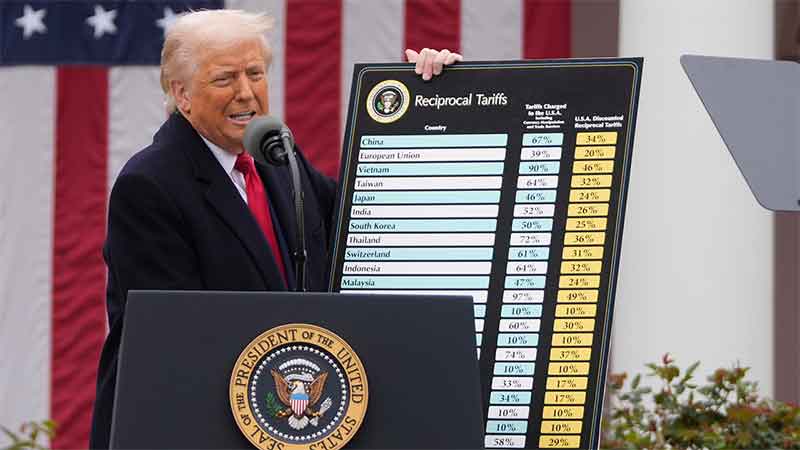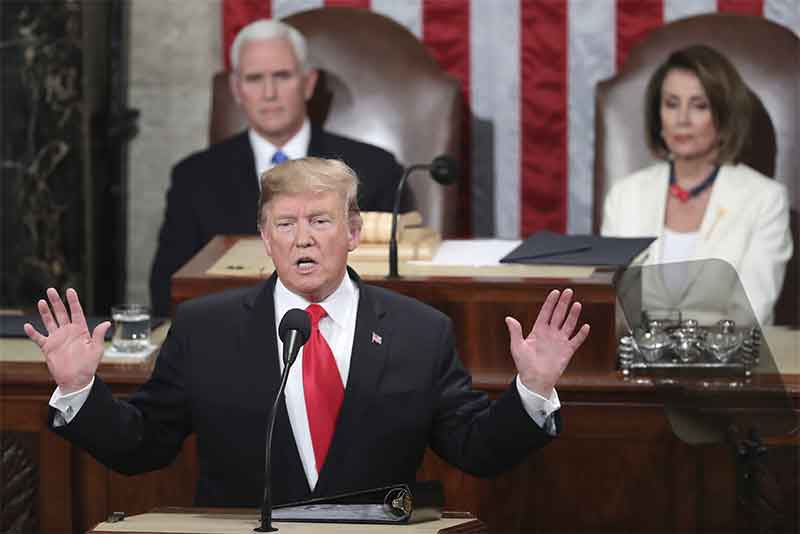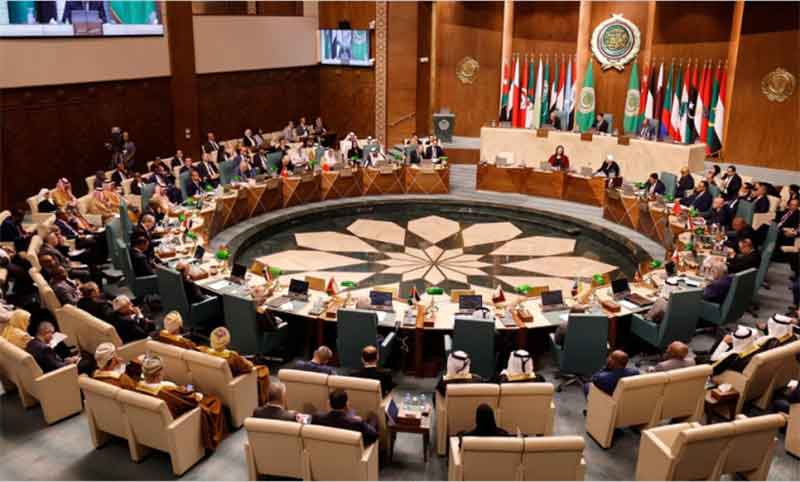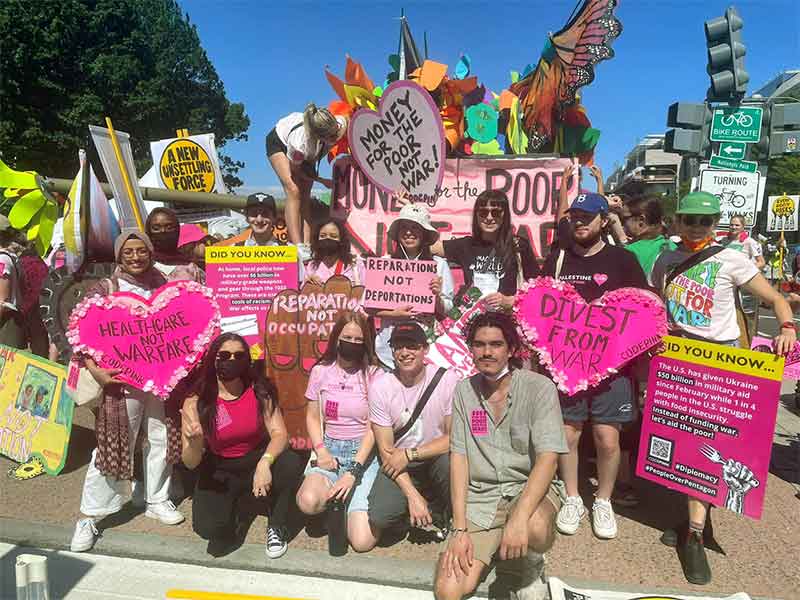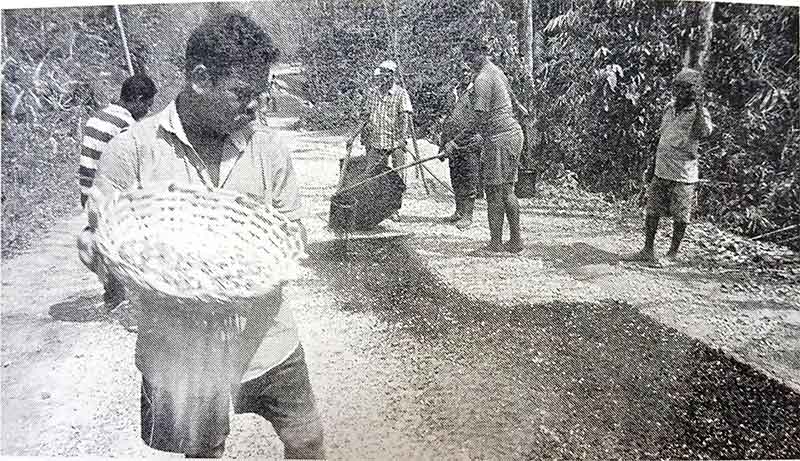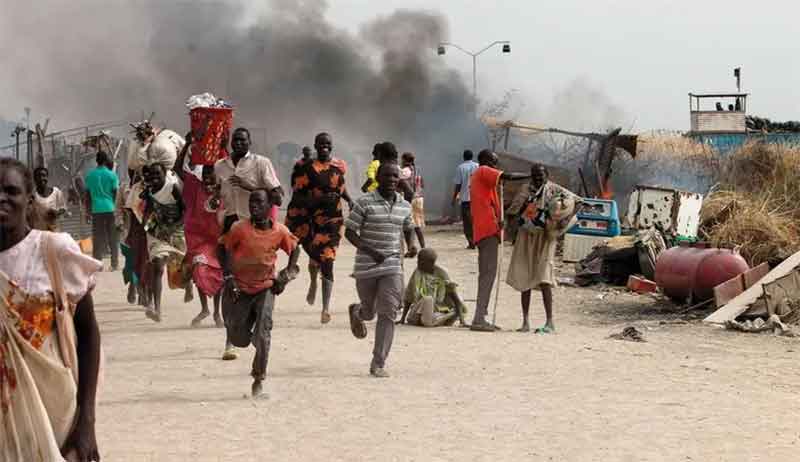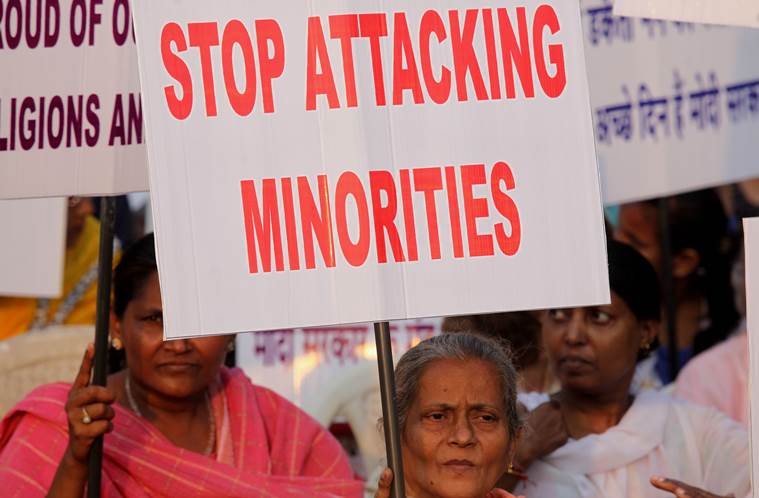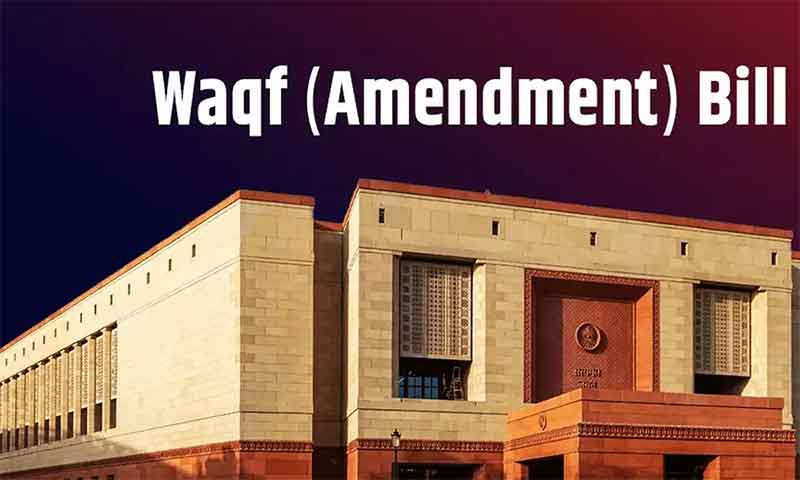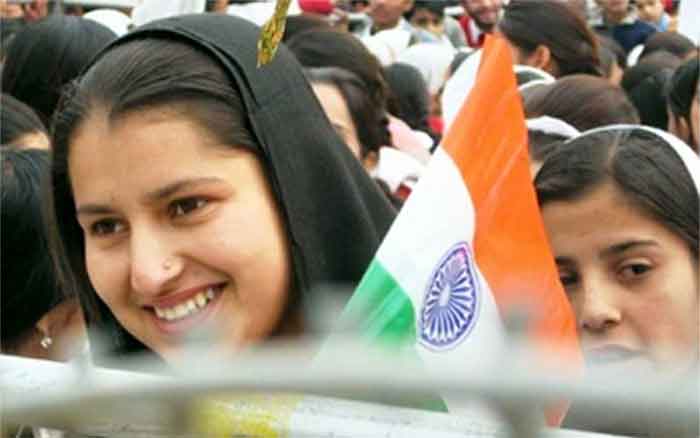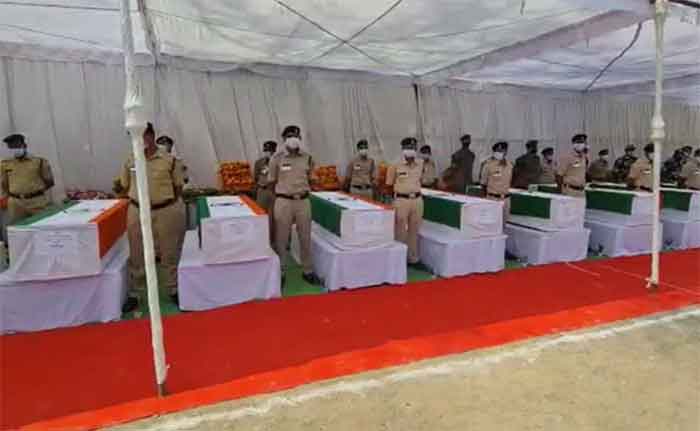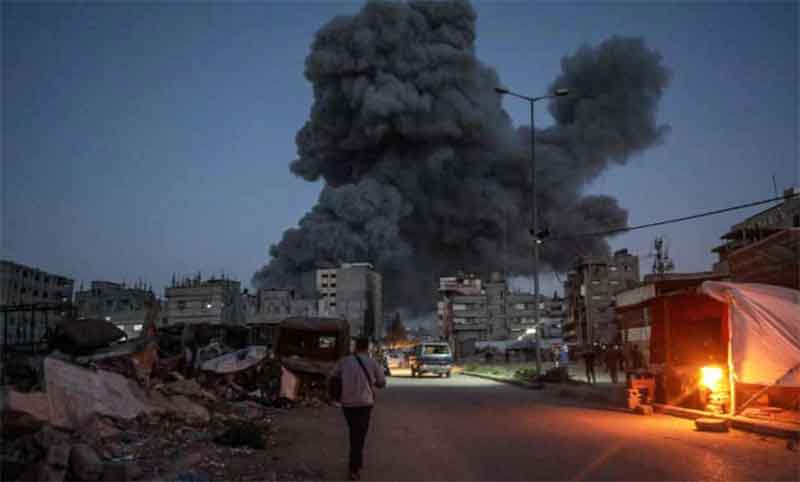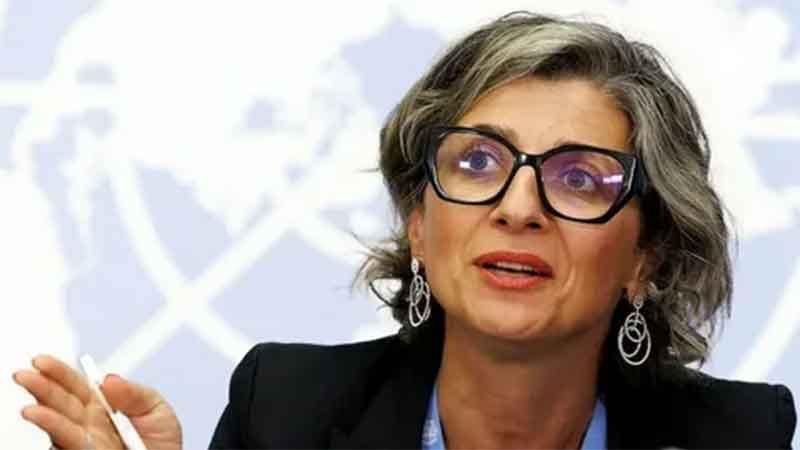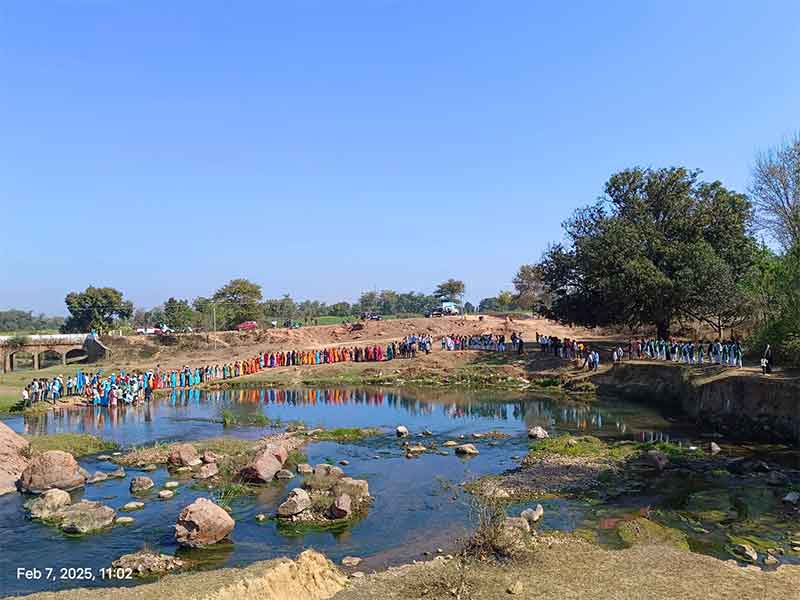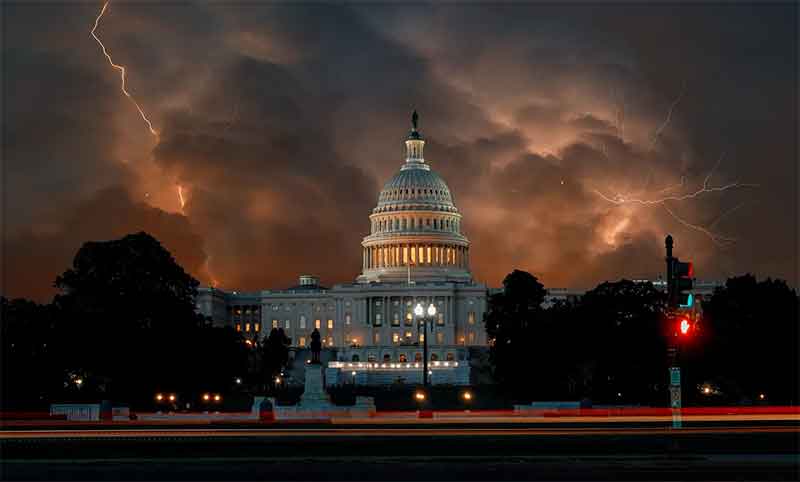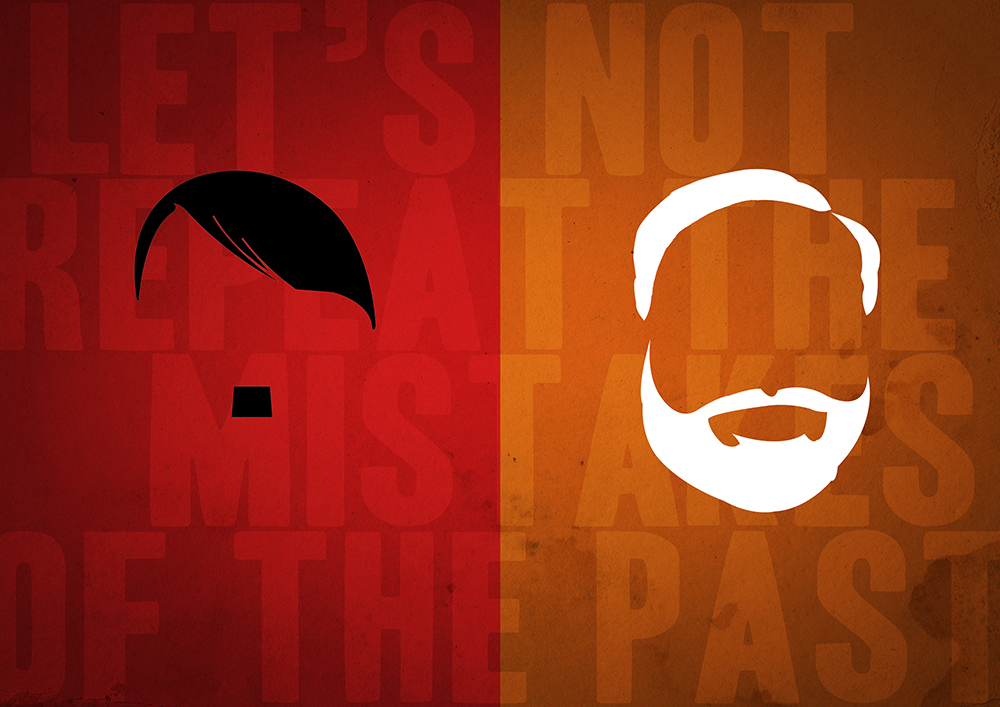
They are not clad in black pyjama-like fatigues or have a ‘krama’ – the Cambodian traditional scarf- around their necks. Nor are they particularly young and idealistic.
And yet, in their blind loyalty to their ‘Dear Leader’ and fanatical zeal for radical transformation, the US President Donald Trump’s shock troops of sycophants and charlatans are not very different from Khmer Rouge guerrillas when they marched into the Cambodian capital fifty years ago.
On 17 April 1975, after six years of civil conflict, when the victorious fighters arrived in Phnom Penh the streets were filled with celebratory crowds. The war-weary residents of the city believed the young soldiers were true patriots and harbingers of peace.
It did not take long for their initial cheer to turn into cold fear. Just like Elon Musk’s DOGE band of child soldiers in Washington D.C these days the Khmer Rouge too ‘moved fast and broke things’ before traditional checks and balances could respond.
In one of their first acts upon entering the city the guerrillas blew up the Cambodian Central Bank building and its contents. Paper money was scattered across the streets of the capital. Witnesses described seeing money floating through the air like confetti as the building was destroyed. The Khmer Rouge soldiers reportedly laughed while watching the money burn and blow away in the wind.
This destruction was highly symbolic – by physically destroying the central bank and rendering money worthless, they were dramatically signalling the end of Cambodia’s existing economic system. It represented their radical vision of returning to an agrarian society with no money, no banks, no private property, and no modern financial institutions (Apparently, they also loved crypto!).
What they were implementing was the concept of ‘Year Zero’, conceived by the Khmer Rouge leadership under Pol Pot, a former radio operator turned communist revolutionary, who proclaimed that all previous history, society, and institutions would have to be erased to create a completely new society.
Pol Pot’s ideological vision involved rejection of all foreign influences and modern development, abolition of money, markets, and private property, elimination of formal education and religion, destruction of temples, libraries, and cultural artifacts, ban on foreign languages and Western medicine and forced collectivization of agriculture. (Think of this as Pol Pot’s far-left version of ‘Project 2025’)
The segments of the population who would be targeted for ‘re-education’ and made to pay for their past ‘sins’ were urban dwellers, educated professionals and intellectuals, religious leaders and practitioners, ethnic minorities and anyone with foreign connections – in other words, the entire ‘woke’ crowd of Cambodia of those times. Donald Trump today, in his attitude towards anyone he does not like, echoes Pol Pot who told all his opponents, ‘You live, no gain; You die, no loss’.
Trump’s directive to round up hundreds of illegal immigrants across the US to be handcuffed, shackled and deported on military aircraft is also reminiscent of Pol Pot’s deep xenophobia and racism towards foreigners and ethnic minorities. On the foreign policy front Trump is seeking trouble with neighbours just like Pol Pot, whose visceral hatred of the Vietnamese led to many skirmishes along the borders of the two countries. Trump has already threatened to send troops to Greenland, Panama and Gaza to meet his hunger for real-estate and even force Canada into a union with the United States.
To be fair though, the Year Zero approach is not anything exclusive to Pol Pot or Trump. Looking around the globe it is apparent that such an approach is becoming more and more common in many parts of the world.
Many emerging political movements today advocate for dramatic institutional overhaul, operating under the premise that existing systems are fundamentally flawed and must be completely replaced. From Narendra Modi in India to Javier Milei in Argentina or Victor Orban in Hungary the approach is the same. Some of these trends include to:
- Rapidly dismantle established institutions
- Replace experienced civil servants with ideological loyalists
- Reject traditional diplomatic relationships
- Abandon long-standing policy frameworks
- Dismiss scientific and technical expertise
- Override existing checks and balances
- Rewrite rules governing civil society
If the lessons from the Khmer Rouge experiment with Year Zero are any indication the fanatical rush to bring instant change without wisdom, integrity or compassion, is bound to be hugely disastrous. Guided by the idea that country needed a complete ‘reset’ for example the Pol Pot regime carried out complete de-urbanisation of Cambodia that involved shifting over a million people from Phnom Penh to the countryside.
This radical experiment resulted in half the country’s population perishing through execution, starvation, disease, and overwork, fundamentally altering Cambodian society and leaving deep scars that persist today.
No, I am not suggesting the half the US population is going to disappear under Donald Trump. There will of course be a lot of pain but no massacres and genocide. However, there is no guarantee that his policies will not lead to an equivalent number dying in other parts of the world.
For, that is a constant in US history over the last couple of centuries – that irrespective of who comes to power in Washington has always been the little guys in Asia, Africa and Latin America who get hurt.
Maybe, the people of the United States will also rise up to defend their democracy, institutions and future but it is from Global South that the resistance to Trump and his uber-imperialist policies will emerge. From a new Fidel Castro, Patrice Lumamba or Ho Chi Minh.
The stakes for those outside the US are also far higher – an American version of Pol Pot could end up wiping out the entire planet. To prevent that from happening there is only option – to move even faster than the arrogant imperialists running America and build more things than the latter can manage to break.
Satya Sagar is a journalist and public health worker. He can be reached at [email protected]


